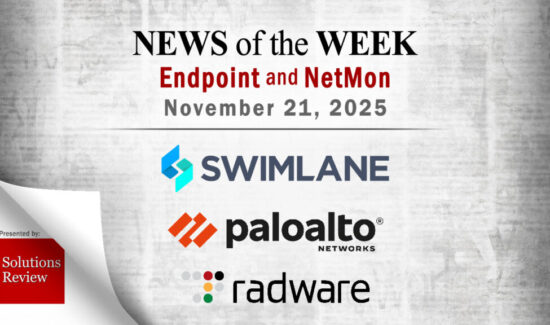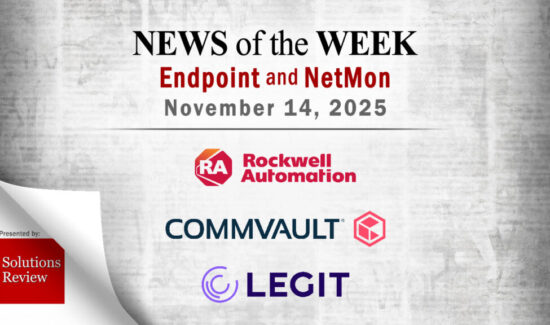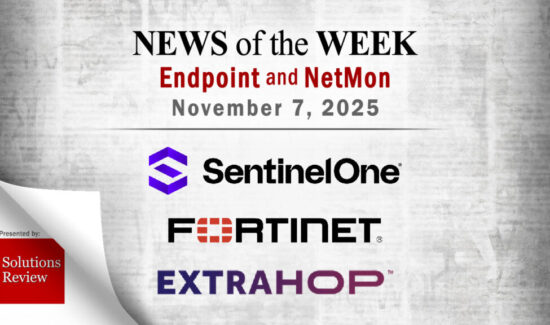Key Takeaways: Gartner Magic Quadrant for Network Detection and Response
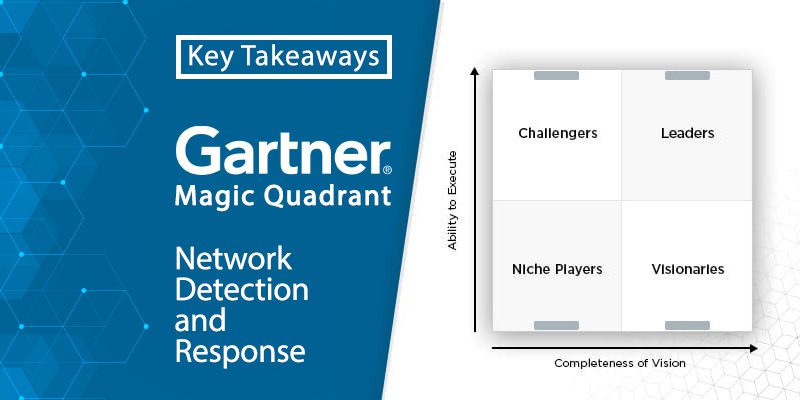
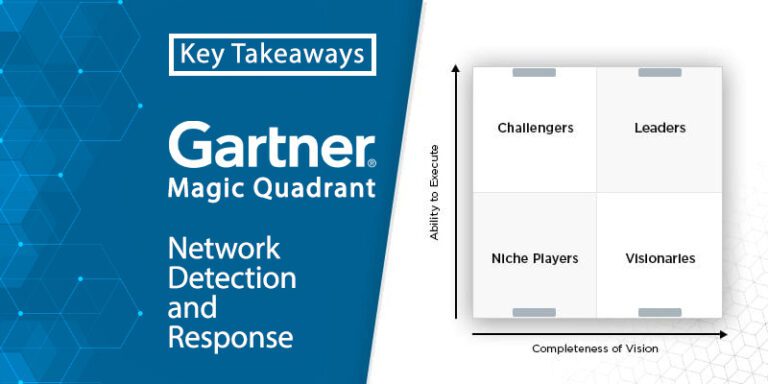
The editors at Solutions Review highlight and summarize the key takeaways in Gartner’s inaugural Magic Quadrant for Network Detection and Response.
Analyst house Gartner, Inc. recently released the inaugural version of its Magic Quadrant for Network Detection and Response. Gartner defines network detection and response (NDR) products as systems that “continuously monitor traffic for anomalies, suspicious patterns, and threat indicators.” These products are also designed to complement other threat detection solutions, and are delivered as a combination of hardware and software appliances for sensors, some with IaaS support.
Additionally, Gartner’s report outlines several “mandatory” features an NDR solution must have. These include the ability to model normal network traffic, highlight traffic activity that falls outside the normal range, deliver form factors compatible with on-premises and cloud networks, aggregate individual alerts into structured incidents, detect threats with Intelligence feeds, and provide automatic or manual response capabilities to react to the detection of malicious network traffic.
Key Takeaways: 2025 Gartner Magic Quadrant for Network Detection and Response
In this Magic Quadrant, Gartner identifies some of the most significant network detection and response providers in the marketplace. The researchers behind the report—Thomas Lintemuth, Esraa ElTahawy, John Collins, Charanpal Bhogal, and Nahim Fazal—evaluated the strengths and weaknesses of each provider listed and ranked them on the signature “Magic Quadrant” graph, which illustrates each vendor’s ability to execute its vision. The diagram includes four quadrants: leaders, challengers, niche players, and visionaries.
To qualify for the report, each vendor must meet specific criteria. Those include having an NDR product generally available by October 31st, 2024, offering a standalone product that can be deployed without connecting to the Internet, and having at least 30 deployments in Amazon Web Services, Google Cloud Platform, and Microsoft Azure. Additionally, the vendors had to meet at least two criteria from the list below:
- Generated $30 million in revenue from the evaluated NDR product between January 1st, 2024, and December 31st, 2024.
- Have at least 150 enterprise customers (each with over 5,000 seats) as of December 31st, 2024.
- Have at least four million devices under paid support as of October 31st, 2024.
Leaders
Vectra AI is the frontrunner in Gartner’s Magic Quadrant’s Leader category. The company’s platform protects networks from attacks by providing intelligent control, signal clarity, and proactive network security posture management. Its strengths as an NDR platform include its user interface, a program it offers to customers migrating from other products, and its NDR education program, which helps customers understand the need for network detection and response.
Darktrace is the next Leader identified in the report. Its NDR is the Darktrace / NETWORK solution, which provides advanced threat detection and autonomous response capabilities by leveraging its core Self-Learning AI. According to Gartner’s researchers, Darktrace’s strengths in the market include its user-friendly UI, a complex detection model library, full functionality for air-gapped deployments, and its program for collecting customer feedback and incorporating it to enhance the product.
ExtraHop earns a spot in the Leader category with its RevealX product, which focuses on detecting threats with NDR while providing users with network intelligence and network performance monitoring (NPM) functionalities. The company’s most significant strengths include its understanding and responsiveness to market trends, as evidenced by its ongoing implementation of generative AI assistants and functionalities. It’s also highly regarded for the capabilities the RevealX platform provides, including a patented decryption capability.
Corelight is the fourth and final Leader in Gartner’s report. Its Open NDR product comprises comprehensive threat detection capabilities for on-premises, industrial control systems (ICS), operational technology (OT), and multi-cloud environments. The company differentiates itself by prioritizing regular product updates and feature releases. It’s also transitioned from an on-premises intrusion detection system (IDS) solution to a hybrid NDR offering. It continues to support the need to deploy across major cloud service providers (CSPs).
Challengers
Stellar Cyber is the only Challenger identified in the Magic Quadrant. Its NDR product provides numerous third-party integrations for mid-size clients in the government, manufacturing, and education markets, positioning its solution as a central platform for ingesting security threats. Other strengths include its upgrade program to help new clients migrate from other products, flexible customer contracts, and its commitment to customer success, exemplified by its ongoing investment in customer onboarding and services.
Niche Players
Trend Micro starts the Niche Player category with the Trend Vision One solution. Trend Vision One uses a “platform approach” to threat detection and response, using its point products while offering some integration with third-party products. Its solution also provides an extensive threat intelligence library to help users improve the attribution and context of their data. The company also earns high marks for its market understanding, as evidenced by its offering an NDR capability as a standalone product alongside having it packaged with the Vision One platform.
ThreatBook’s solution is the Threat Detection Platform (TDP), which focuses almost exclusively on threat detection. While this situates the company as a specialized vendor, it does plan to grow its product by increasing its detection functionalities with additional technologies like generative AI. Its other differentiating traits as a Niche Player include its high customer renewal rate and the range of industries in which its platform has been adopted.
NetWitness primarily works with large, complex global organizations that require a full SOC and cybersecurity program. Gartner spotlights the company’s formal customer feedback program, robust forensic capability, and long-term presence in the NDR market as some of its greatest strengths as a vendor. While the company doesn’t have the same breadth of AI-powered features as other platforms in the market, it does offer a comprehensive selection of full packet capture forensics and session replay capabilities.
Arista Networks is the next provider listed in the Niche Player category. The company’s Arista NDR solution couples network detection and response (NDR) with core network switches, providing clients with a unified infrastructure and security approach. Customers report that Arista is very responsive to feedback and prioritizes fast resolutions to issues. Other notable strengths as an NDR vendor include its relatively higher investment in R&D efforts, its support for encrypted traffic analysis, and the pre-configured appliances it offers to accelerate deployments.
Trellix closes the quadrant with an NDR product built on the company’s successful IDS detection. Its platform generates alerts using AI-powered behavioral detections. It is one of the few products in the market still offering in-line deployments for intrusion prevention system (IPS) use cases. The company is also known for delivering strong forensic analysis and search capabilities, giving customers advanced protection directly from their NDR product.
Visionaries
Gatewatcher closes out the Magic Quadrant with its AIonIQ solution, which is focused on providing an easy-to-use experience through its GAIA technology. The company has a growing customer base and balances its investment strategy for ongoing research and development with its sales success. Gartner specifically highlights Gatewatcher’s investment in generative AI as aligning with the current market trends, which it predicts will appeal to buyers with limited HR.

